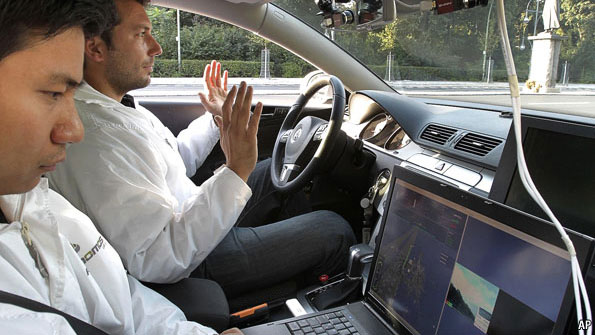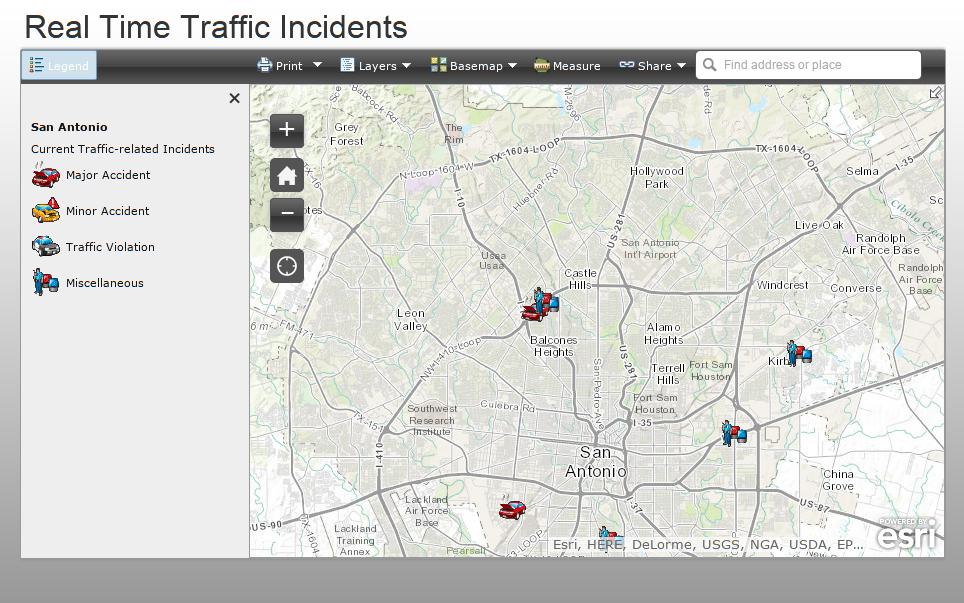Advanced Search
Learning How to Photograph Car Accident Scenes
Where car accidents and insurance claims are concerned, today’s technology has provided us with several great tools we can use after a crash. One of those tools is the digital camera. With photos of the accident scene in hand, policyholders are much more likely to be able to make a case to their insurance companies for an adequate payout.
Key information to record while the incident is still fresh.
After any car accident, if you are injured or your car is damaged, there are several types of key information to gather and write down while you're still at the scene.
Even a Minor Accident Can Cause Childhood Trauma

Any unusual behavior that begins shortly after a severely frightening episode may indicate that your child is traumatized. Compulsive, repetitive mannerisms, such as repeatedly zooming a toy car into a doll, are an almost sure sign of unresolved trauma. Other signs of traumatic stress include tantrums, uncontrollable rage attacks, hyperactivity, thrashing while asleep, bedwetting, inability to concentrate in school, excessive belligerence, or fearful shyness.
Helping Children Cope with Trauma

We created this site so parents can understand their child's reactions to injury and learn how to help children cope with trauma in a healthy way.
Injury and Pain Care - This section of the website offers some general information about common injuries and tips for home management, as well as helpful hints for pain management and injury prevention.
Traumatic Stress and PTSD - resources on finding a therapist, traumatic stress and PTSD, dealing with other types of traumatic events, worry or stress in children and teens, sleep problems, injury prevention, pain and injury care, books for parents and books for kids.
Aviation Safety Network

Providing everyone with a (professional) interest in aviation with up-to-date, complete and reliable authoritative information on airliner accidents and safety issues.
The Aviation Safety Network is a private, independent initiative founded in 1996. On line since January 1996, the Aviation Safety Network covers accidents and safety issues with regards to airliners, military transport planes and corporate jets.
The ASN Safety Database contains detailed descriptions of over 10,700 incidents, hijackings and accidents.
Look, no hands

IN AN average month 108,000 people are killed in traffic accidents around the world, and the death toll is increasing. On current trends it will exceed 150,000 people a month by 2020, according to the World Health Organisation, as cars become more widespread in developing countries, increasing the number of vehicles on the world’s roads from around 1 billion in 2010 to 2 billion. Many lives will be spared by outfitting more vehicles with airbags, the biggest lifesavers in car technology since seat belts. But now a far greater revolution in road safety is within reach. Around 90% of accidents are caused by human error. Design vehicles so that they can drive themselves, goes the theory, and death tolls will plummet.
Struck on the Street: Four Survivors

New York Times employees, including Executive Editor Jill Abramson, share how being hit by vehicles made a lasting impact on them.
Colorado & Wyoming Aircraft Wreckchasing

This site is dedicated to those men and women of the US Armed Forces who lost their lives training to protect us. It has been reported that there were more casualties from training during WWII than there were from combat.
FARS Encyclopedia
The Summary page for the FARS Web Encyclopedia is the first thing that visitors will see when visiting this site. This page contains a random statistic drawn from the Traffic Safety Facts published each year by the DOT, a table listing the traffic fatality statistics from this day last year.
The left-hand column on the home page contains a random factoid sample from the "Did You Know?" archives. The "Did You Know?" archives contain interesting and relevant statistics drawn from the Traffic Safety Facts, a compilation of motor vehicle crash data collected by the FARS program. These compilations are published every year by the National Highway Traffic Safety Administration.

